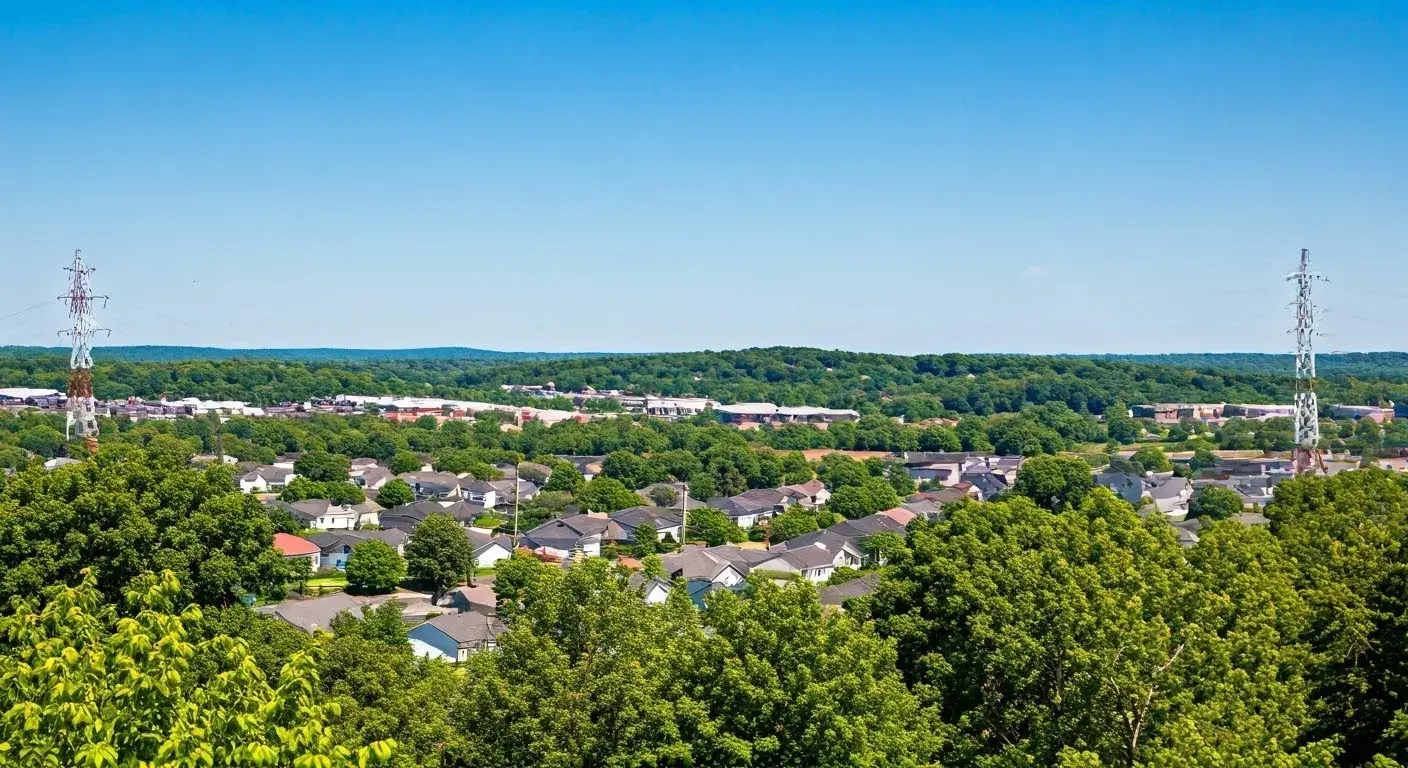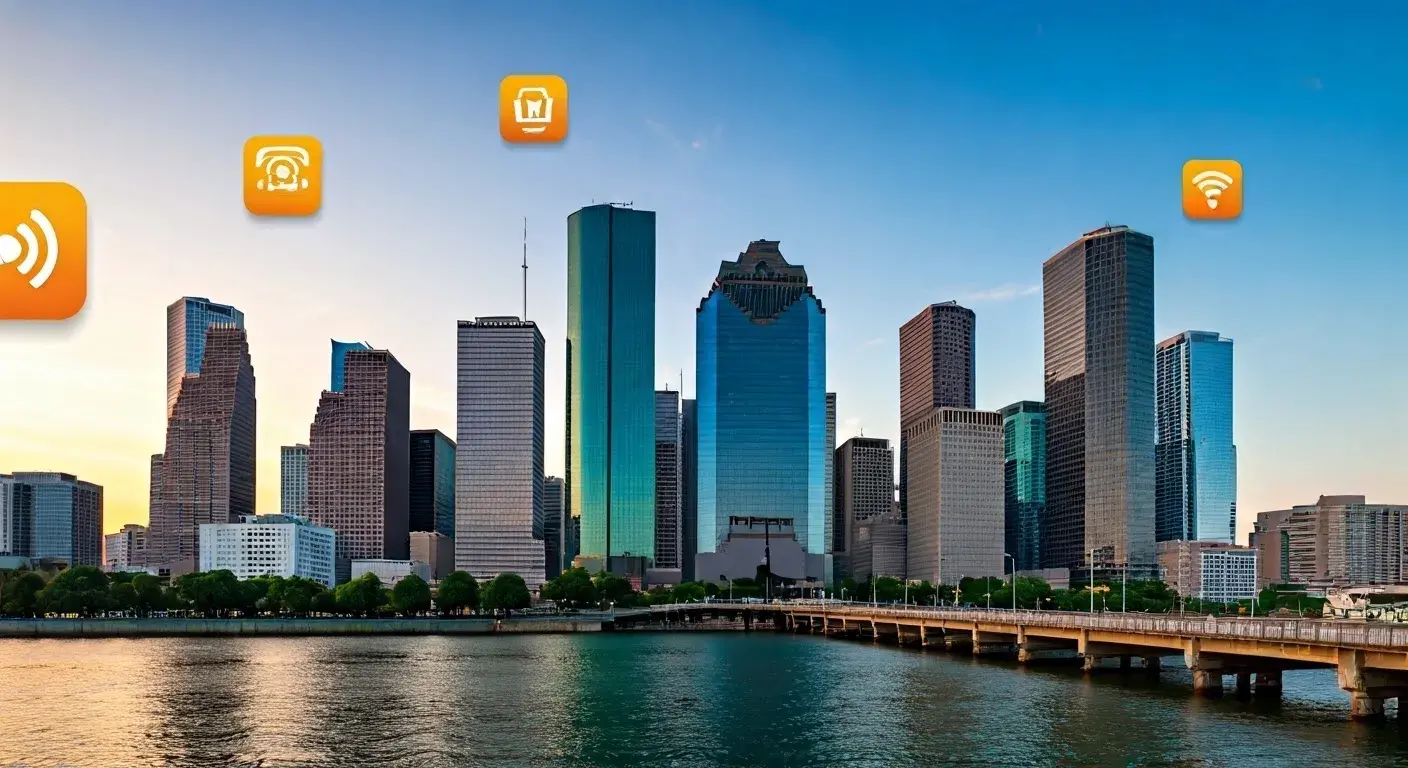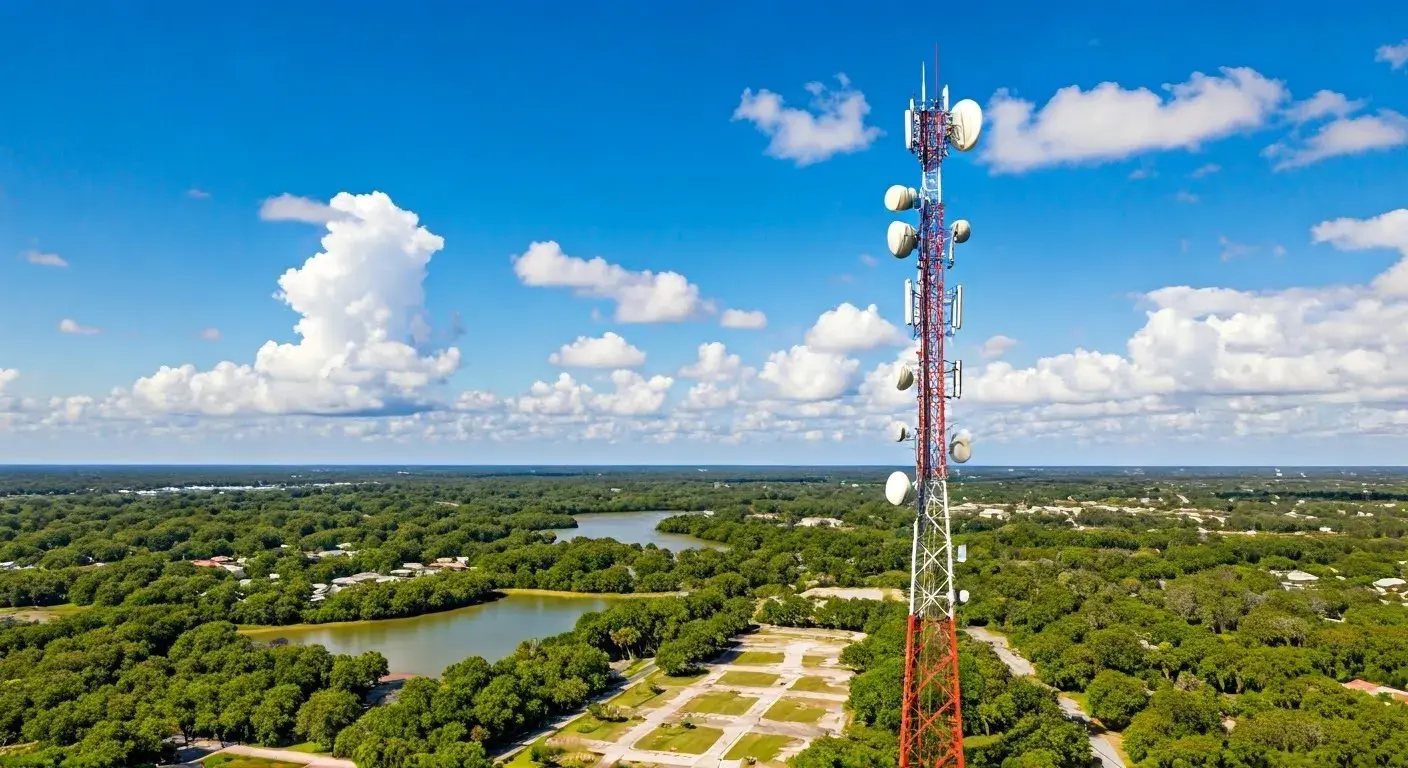
Americans: The Most Reliable Cellular Signal in the U.S.
In deciding on which cellphone carrier to subscribe to, one of the biggest considerations is the coverage or the signal strength of the carrier. You need to have a good and stable signal wherever you are, whether you are at home, at the office, or on the go. Verizon, AT&T, T-Mobile, and Sprint are the four major national telecommunications companies providing services in the USA and they all have expansive networks.
Overall Verizon stands out as one of the clear winners for coverage.
Again and again, Verizon emerges as the leader for the best coverage in the United States, across the nation: According to RootMetrics, an independent research company that conducts drive tests across the country, Verizon had the most available and reliable network. It also emerged that Verizon either topped the poll or came second overall in terms of general performance, network availability and speed, and other variables.
Its biggest asset is its network; Verizon has more subscribers than almost any other company in the United States. Spanning over the last decade, it has laid a strong foundation by focusing on the development and expansion of 4G LTE throughout the country. More precisely, Verizon states that its 4G network spans 2.4 million square miles and reaches 99% of all Americans. Apart from that, outside its 4G coverage area, Verizon has access to other networks to provide coverage no matter the location it is needed.
Verizon has seen more growth in coverage while AT&T has enhanced its coverage but still has not matched Verizon.
The next best overall coverage in the United States is provided by AT&T with AT&T expanding its 4G LTE network as well, there are a few more areas without coverage especially in the rural area at the time of this writing. However, what can be an issue with AT&T is that the company does not boast of very extensive network coverage; however, where it does cover, it usually provides faster network connectivity over an LTE 4G network.
For voice as well as for data, AT&T has coverage of over 99% of the Americans. About voice network, AT&T has over 323 million people coverage. If you limit it to data coverage only on the 4G LTE network, population coverage in America as estimated by AT&T is approximately 304 million. There is a little more probability of facing problems related to 4G connectivity in rural regions when using AT&T rather than Verizon; in such cases, you may need to switch to a 2G or 3G data connection. But as far as the voice coverage is concerned, I think, all the carriers stand in similar plates.
The rural coverage gap is still a challenge for AT&T, but it has plans to deal with it, like the FirstNet public safety network, utilizing the unused spectrum, and extending networks to other areas through subsidiary services such as Cricket Wireless. However, as of the current times, Verizon is still able to take the lead concerning the total area of coverage for the 4G network.
T-Mobilemanagement continued to roll out improvement after improvement in its network, and those efforts began paying off.
Since embarking on its social mission to redefine and rebuild its network, T-Mobile has not been shy of turning the status quo in the U.S. wireless industry upside down. The company now provides one of the quickest and most progressive 4G LTE connections among all other top four companies, but its signal does not extend as far as reaching rural areas of the USA as it does with Verizon or AT&T.
At times clocking synchronizing and even surpassing the competition’s promising speeds T-Mobile looks set to further narrow the coverage differential. However, as of today, it has over 322 million users in nearly 8000 cities and towns. Even more to the point, T-Mobile’s LTE network covers almost all Americans as well, which shows that the rest of the population living in rural areas is probably the primary cause of the gap, while many large cities are already covered by LTE.
T-Mobile is also pushing next-gen 5G service harder and faster across the country as well. That said, the other three main carriers remain a touch larger in terms of 5G coverage, though T-Mobile is continuing to construct this new network at a fast pace through mid-band spectrum and 5G-equipped nodes. I anticipate them to be at coverage parity here in the next few years.
Sprint is the last on this list and is placed at the rear in terms of coverage.
Of all the four, Sprint has the smallest extension of its network coverage within the United States at the current time. Sprint also states that over 264 million people are touched by its 4G LTE network. Still, Sprint Spark, its high-speed LTE network that is available with the fastest data connection rates, is currently active across only approximately 100 markets across the country.
, though Sprint’s coverage has improved substantially over the last few years, it remains behind most of its major competitors in nearly every area. When it comes to testing the RootMetrics testing, Sprint surpassed other carriers in terms of general performance but was weaker in some regions than others. It also did worse than Verizon and AT&T in the reliability of its network as well as the network availability.
The service is still being enhanced through upgrades of its networks, the addition of cell sites, and roaming agreements to increase coverage in rural areas. But for the time being, it is here that you will be most likely to find spectrum gaps and lower speeds should you decide to go with Sprint over one of the other three networks. It is progressing and still has a way to go to fully match the larger carriers in the industry.
Regional carriers provide cheap service to cover the regional market.
Though big national networks are more popular and deserve the most attention, regional wireless carriers exist and cover many parts of the U.S. These companies can offer customized coverage through local networks at a lower price.
Currently, there are several regional carriers, including U.S. Cellular, that perform well in RootMetrics performance testing. While it operates mainly in the Midwest and some of the eastern and North Western States, US Cellular can proudly lay claim to the fact that it offers the most reliable and best-performing call services in this part of America.
Other operators such as C Spire in the Southeast, Viaero across the Great Plains and Rockies, and GCI in Alaska also perform well on the quality of affordable coverage for state or community-sized rural areas. This is because supporting these competitive regional carriers helps in managing the efficient use of the spectrum, as well as in protecting the consumer interest.
Project Fi is an interesting innovation designed by Google that allows changing between networks in a very smooth manner.
Google’s Project Fi cellphone service is yet again an example of solving the problem differently. To avoid creating a separate and ineffective wireless network, Project Fi leverages Wi-Fi hotspots and the partner cellular bands of T-Mobile, Sprint, and U.S. Cellular when necessary.
It seamlessly transfers between these carriers and data sources as you go about your day so that it can maintain the best and most consistent connection while leaning on each network’s benefits without any input from you. The goal of Project Fi is to ensure that the users get complete connectivity covering North to South America and mobile data prices.
When targeting broad audiences, one should ponder Rural Carriers for Further Coverage
To those businessmen and professionals who frequently travel, backpackers, campers, hikers, climbers, and any other adventurers who go beyond the normal city limits of the usual communication grid, small rural carriers bring service in country miles.
Microscopic operates local loops relying on public subsidies, revenue-sharing deals, and local benefactions to bring extensive wireless access to areas that would otherwise lack it. Selection in Vermont, SI Wireless in Oklahoma, and Choice Wireless in the Rockies are some of the telecom networks that provide essential connectivity to such regions, be it for emergency calls or modern mobile phone services.
Through this show of unity, these small operators also gain reciprocal roaming arrangements with the major provider networks through the CCC or Competitive Carriers Association. But do not count on fast data transfer in these margins of civilization. The issue is not the availability of high-speed mobile broadband but rather the availability of simple mobile internet. Yet if indeed traversing through the many picturesque highways of America, these networks offer essential, possibly, life-saving links.
Selecting the Right Cellphone Carrier
The coverage maps of the carrier companies are essential to consider when choosing the phone plan for the next use because they should be reliable in areas of living, working, and recreation. Verizon has rock-bottom blanket coverage across the country which is difficult to be matched by others. Verizon is closely followed by AT&T and T-Mobile in investing in growing their high-quality networks. Other regional companies provide better localized services at a cheaper rate. And product innovations such as Project Fi also enhance flexibility based on multi-network connections.
When choosing a network, the criterion of coverage area should be taken into consideration as well as the existing network technologies; however, the network should be efficient in both rural and urban environments. Before choosing the cellphone carrier, it’s advised to find out which carrier has the best coverage in the places you’re likely to travel, to get the most dependable cellphone service throughout your trip. With safety and connectivity solutions close to the heart of drivers and vehicle owners, the open road is now a safer place.






